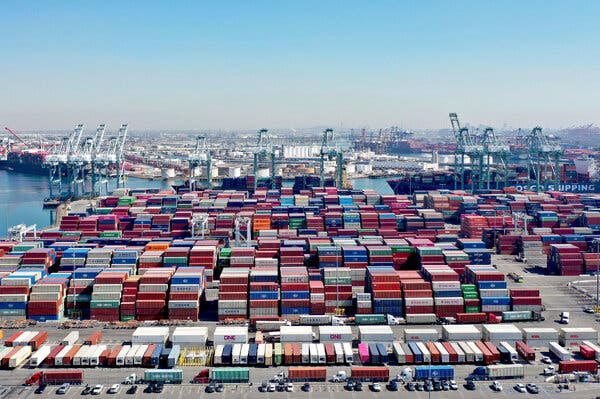Sites of Exchange: Architecture and Capital Flows

The Port of Los Angeles
Credit: Dean Musgrove/The Orange County Register, via Associated Press
ARC3307H S
Instructor: Jason Nguyen
Meeting Section: LEC0101
Wednesday 9:00 AM - 12:00 PM
This course looks at the architecture of trade and exchange since the advent of global capitalism (c. 1600 – present). The aim is twofold: First, it introduces students to a number of built structures that were designed to support the creation, circulation, and consumption of wealth, including banks, stock exchanges, trading zones, storage facilities, cargo vessels, and marketplaces. Second, it considers how these spaces helped condition the flow of capital (often at the behest of corporations, nation states, and other public and private interests). By analyzing the spatial, material, and technological aspects of these “sites of exchange,” the course hopes to recognize architecture’s multifaceted and often troubling role in the creation and distribution of wealth, including its connections to globalization, systems of economic and racial inequality, and the Anthropocene.
The course argues that the architecture of trade and exchange offers insights into the material and multi-scalar operations of capital networks. We begin by considering key theories and methods to assess the relationship between architecture and capitalism. From here, the seminar is divided into four parts: Resources, Trade, Investment, and Consumption. Each part, which focuses on a different stage in the flow of capital, offers a selection of built structures that conditioned the creation and circulation of wealth. What forces (artistic, economic, ecological, racial, bureaucratic, commercial, etc.) intersected in the design and construction of these spaces? What effects did they generate (and by whom and for whom)? How did each site relate to a larger political and economic infrastructure (including those tied to colonial and imperial networks)? Readings, discussions, and writing exercises will lead to a final project of each student’s choosing.

